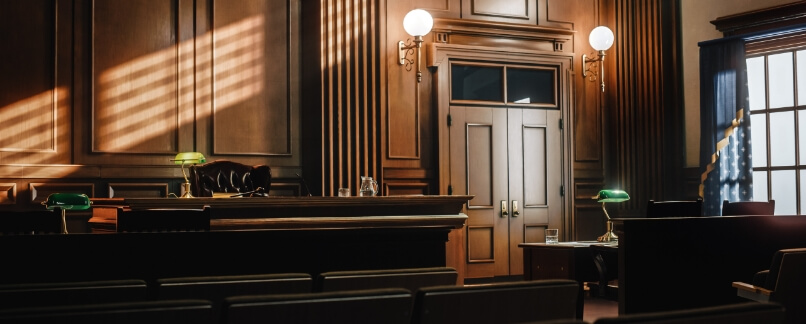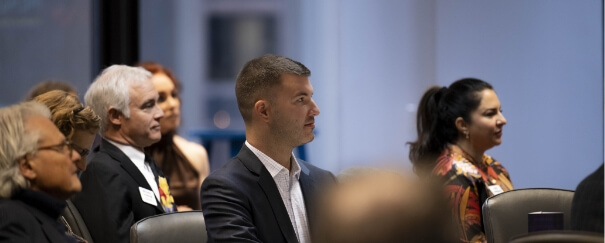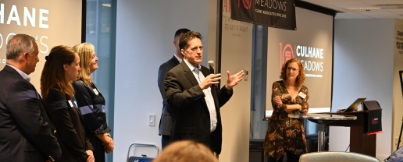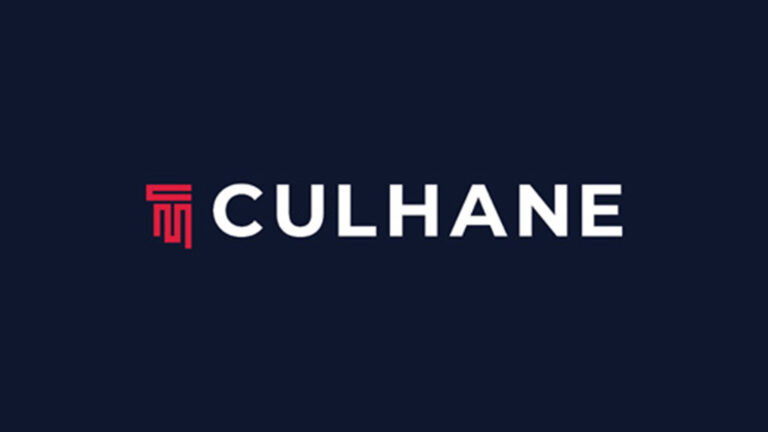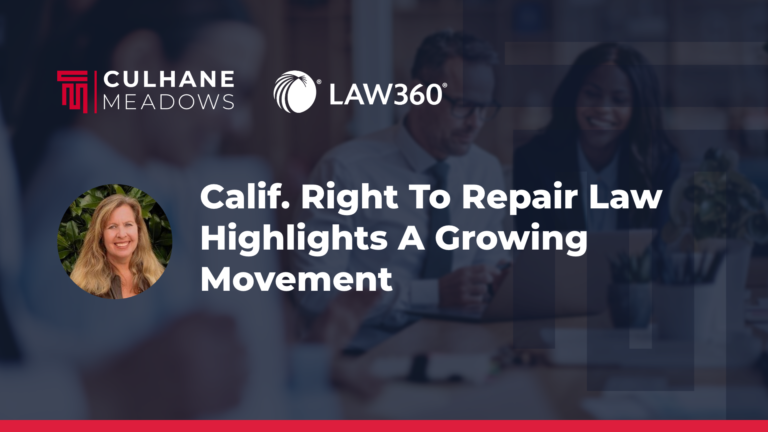You’ve just posted a too-cute video of your 13-month-old son bopping to a song (“Let’s Go Crazy” by Prince, as he then was) on YouTube. It gets a couple of hundred views and then YouTube pulls it down– because Universal Music, in charge of playing copyright cop for the song, filed a takedown notification under the Digital Millennium Copyright Act, 17 U.S.C. Section 512. What’s a mother to do?
If you’r e Stefanie Lenz, what you do is involve the Electronic Freedom Foundation, file a counter-notification and then sue Universal for, among other things, having knowingly and materially misrepresented that her kid-vid infringed arguing that the music industry giant hadn’t weighed whether it was an authorized “fair use” under Section 107 of the Copyright Act. In an appellate first-impression opinion handed down September 14, Lenz v. Universal Music, Inc., Nos. 13-16106, 16107 (9th Cir. 2015), the Ninth Circuit ruled that someone sending a DMCA takedown notice must indeed consider the question of whether the objected-to post is protected as fair use. The issue of the propriety of Universal’s conduct wasn’t resolved, however, with the Court of Appeals sending it back to the District Court for further proceedings. The Ninth Circuit also ruled that, if she wins, Ms. Lenz can recover nominal damages.
e Stefanie Lenz, what you do is involve the Electronic Freedom Foundation, file a counter-notification and then sue Universal for, among other things, having knowingly and materially misrepresented that her kid-vid infringed arguing that the music industry giant hadn’t weighed whether it was an authorized “fair use” under Section 107 of the Copyright Act. In an appellate first-impression opinion handed down September 14, Lenz v. Universal Music, Inc., Nos. 13-16106, 16107 (9th Cir. 2015), the Ninth Circuit ruled that someone sending a DMCA takedown notice must indeed consider the question of whether the objected-to post is protected as fair use. The issue of the propriety of Universal’s conduct wasn’t resolved, however, with the Court of Appeals sending it back to the District Court for further proceedings. The Ninth Circuit also ruled that, if she wins, Ms. Lenz can recover nominal damages.
There are three difficult issues presented by the case. The first is the hard reality of trying to chase copyright infringement online, where the number of postings is enormous. You Tube alone has 300 hours of videos added to it every minute of the day. So, for example, what Universal Music did to distill this ocean of content was to have an assistant in its legal department search YouTube daily for Prince songs. He then decided whether the videos his search brought up made “significant” use of the composition or if the song was the “focus” of the video. If so, the posting was added to the next takedown notice to be dispatched to YouTube.
Not every video would be flagged, but the assistant was a tough grader, apparently; a video might go unflagged if it used “a second or less of a Prince song” or was shot in a noisy bar with a Prince tune “playing deep in the background.” In this case, the assistant said there were three strikes against the clip: its title included the song’s title; the song was very loud; and Ms. Lenz asked her son if he liked the song. Not considered, however, was whether fair use was at issue.
The second issue is that DMCA (17 U.S.C. Section 512(c)(3)(A) ) requires someone claiming infringement and seeking a takedown to make a subjective statement, namely, that the copyright holder believes in good faith that the assertedly infringing material “is not authorized by the copyright owner, its agent, or the law.”
The third issue is raised by those last three words, because Section 107 of the Copyright Act specifically authorizes fair use of copyrighted material. Good faith is a subjective test; if you didn’t think about whether the item posted constituted fair use at all, can you make a subjectively good faith statement that the posting is not “authorized by law”?
A statutory definition of fair use is relatively recent, with Section 107 having been added only in the 1976 Copyright Act. Before then, it was a judge-made doctrine and it looked at a number of factors. So does its codification. A court is to consider the purpose and character of the use, including whether it is commercial or non-profit educational; the nature of the copyrighted work; how the portion of the work used relates to the overall copyrighted work; and the effect of the use on the potential market or value of the copyrighted work.
The Ninth Circuit rejects Universal’s argument that fair use is an affirmative defense; while that might be correct as a matter of pleading, as a matter of substance, the Copyright Act states a fair use is an authorized use. Ms. Lenz presented proof Universal had not formed a subjective belief about whether the video was a fair use of “Let’s Go Crazy,” while Universal contended the steps it took were tantamount to that consideration. Now it will be up to a jury to decide on remand whether what Universal did was enough to let it form a subjective good faith belief about whether the video qualified as a fair use. The majority opinion also suggested computer algorithms might be employed to accomplish that. By contrast, it said this plaintiff could not rely on the “willful blindness” doctrine. That requires a showing that the existence of a particular fact was highly probable and that the defendant took deliberate steps to avoid learning of it. There was no evidence of any awareness by Universal that there was a high probability that the video was a fair use.
One of the three judges on the panel concurred in the judgment but dissented in part from the majority opinion. The partial dissent would have read the required misrepresentation in the statute to deal with whether the work infringed, not what steps the author of the takedown notice had taken to form a belief it infringed. Additionally, the partial dissenter found no remaining fact issue on whether Universal had considered fair use, and therefore felt it could be held liable for misrepresentation if the video were found to be non-infringing. Finally, the dissenter was more skeptical about whether computer programs could sort out the Section 107 factors determining fair use.
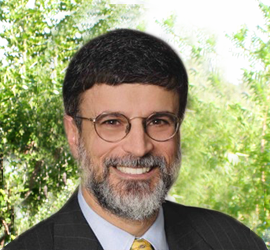
David Jacoby is a seasoned litigator with impressive diversity and depth of experience in navigating client disputes in a wide range of business industries. He has tried or argued cases in numerous state and federal trial and appellate courts, in private arbitrations and at the Iran-U.S. Claims Tribunal at The Hague. His intellectual property-related work has included matters in the haute couture, motion picture, franchising, financial and software industries involving trademarks, anti-counterfeiting, copyrights, trade secrets, Internet issues and contract rights.

